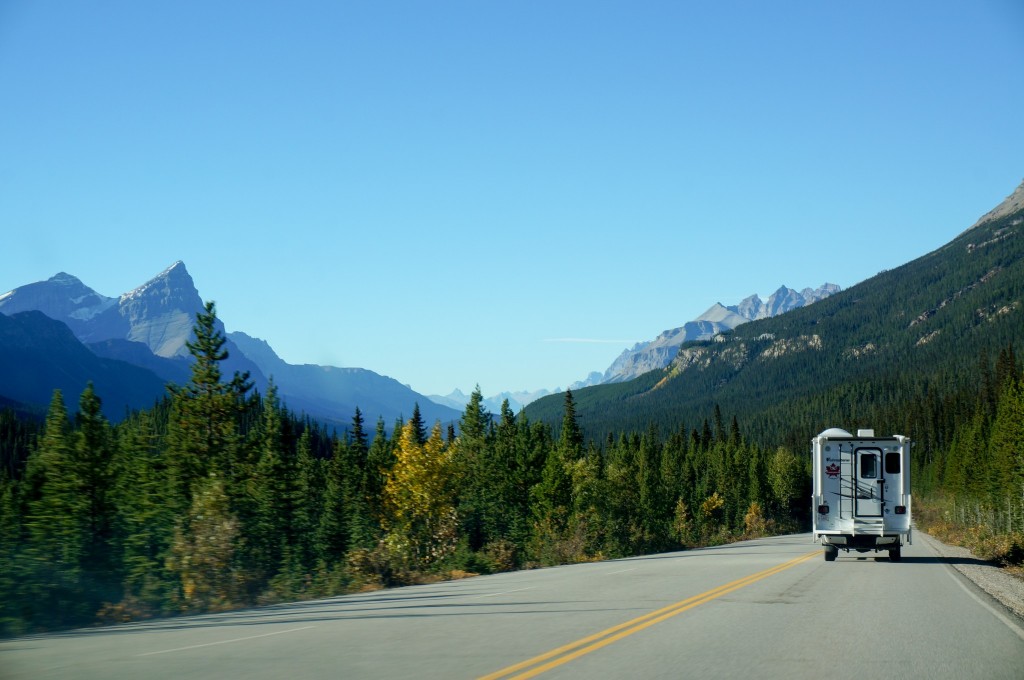
We may have already told you quick and easy secrets to cleaning an RV, but while that
guide is a valuable reference for keeping your RV in pristine condition,
there’s one obstacle that many RV owners will never tell you about: dealing
with RV sealants.
Your RV might be strong, but that doesn’t mean it’s going to
never require sealing. And if you don’t want your RV to look like Swiss cheese,
you’re going to have to address those holes with the right sealants—and then
prepare those sealants to look like the rest of your RV. And once that’s
achieved, you’re still going to have to clean your RV. So how do you do it? Do
you avoid the sealants altogether? Do you clean “around” them? Do you buy a
special product? Let’s cut through the confusion and give you the straight
facts about cleaning RV sealants:
Start with Proper RV
Sealing
You might already have the sealing finished, but in case you
don’t, here’s a quick recap on an effective way to seal your RV leaks and
holes:
- Use the right RV sealing materials. You’ll
find lots of “quick cure” remedies out there, but it’s just as important to
match the sealant to the material onto which you’re applying. End Grain Sealer, for example, is meant to seal wood—not fiberglass. You’d be
surprised at how common this mistake really is. A Silicone Rubber sealant is good for “all-purpose” cases if you’re not sure exactly
how to proceed; it’s a good idea to keep one in the garage for the occasional
dings and leaks. - Before application, make sure to use Solvent & Cleaner,
as this will remove uncured Life-Calk or silicone as well as clean up and
prepare the surface for use. - After application, give it ample time to
cure. A 24-hour cure is common for these products, so make sure that you block
off at least the amount of time
recommended on the label. - Double-check for water tightness. The sealant
should tell you that it creates a water-tight seal after the curing is
finished, but always double-check before you clean it for the first time.
Before You Clean Your
RV
After giving ample time for curing and testing out the water
sealing, you should be ready to start cleaning. If you’re a little wary at
first, you can use a general RV cleaner or even a spot water cleaning on the seal. But as time goes on,
watch for any additional spots or stains to see if you might need to switch
products.
You should also double-check that any water you use has not
gotten through, even after testing. If you did an incomplete seal, it’s
possible that water has slowly seeped through any exposed areas. If the inside
of your RV is still dry, you know you’ve done the best sealing and cleaning
possible. That gives you more time to enjoy a clean and dry RV.

